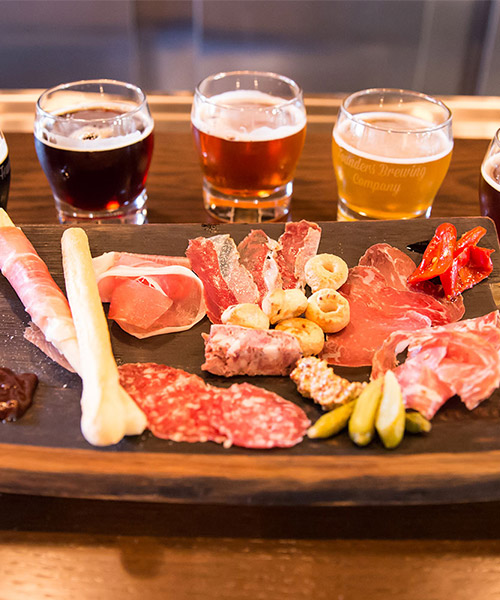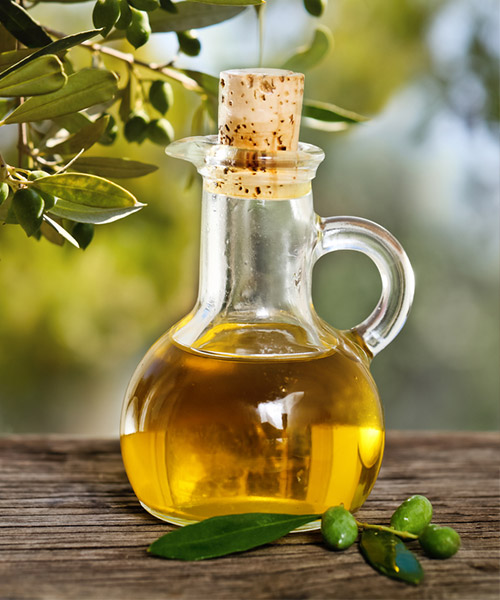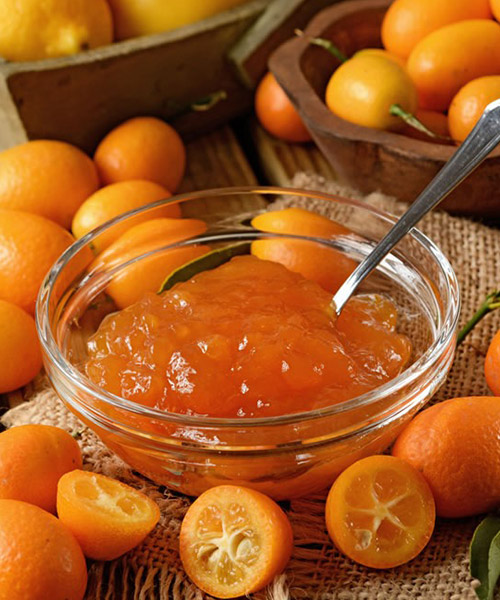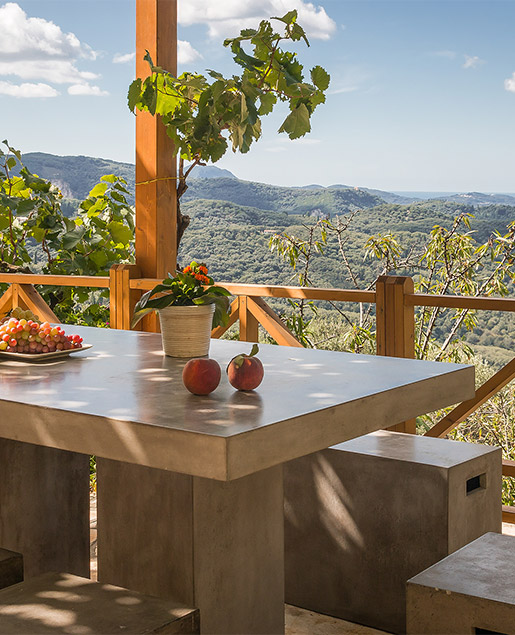The island of Phaeacians
The Island of the Phaeacians
The history of Corfu (Kerkyra) is long and turbulent, as many nations wanted to conquer the island. Their influence is still perceptible in each and every part of modern Corfu, from its architecture to its monuments, to the resident’s temperament and the local cuisine.
Mythical Corfu
Corfu’s ancient time inhabitants were probably descendants of the Phaecians, Nausicaa and King Alcinous. The island has been inhabited since the Stone Age. It was originally occupied by the Eretrians and then by the Corinthians, who named the island Corcyra, after the daughter of the river god Asopus.
Ancient Times
During the Corinthian colonization, Corfu became a big commercial, naval and artistic force of the ancient world. In 585 BC the island regained its independence. It contributed with 60 triremes to the Persian War battles, while later, during the Peloponnesian War (431-404 BC) it fought for Athenian interests, which led to Corfu’s power decline. In order to protect itself from pirates, Corfu accepted to be dominated by Rome, a domination that lasted up to 337 AD. The island converted to Christianity during the fist century AD.
Medieval Era
With the division of the Roman Empire, Corfu united in 395 AD with the East Roman Empire. During the Medieval Age, Corfu was exposed to Huns, Vandals, Goths and Arabs raids. Those raids resulted to the devastation of the island, forcing Corfiots to seek safety in an area between two peaks (that is how “Kerkyra” became “Corfu”, as “Coryfae” means peak in Greek). Later, the island was occupied by the Normans and was eventually liberated by the Byzantine Emperor Manuel I Comnenus.
The First Era of Venetian Rule – The Despot of Epirus – The Rule of the Anjou
In 1204 the Venetians took possession of Corfu after the conquest of the Byzantine Empire by the Crusaders of the 4th Crusade, but in 1214 the island returned into the hands of Michael I Comnenus Ducas, Despot of Epirus, who restored Corfu’s inhabitants’ old privileges and reinforced the island’s fortifications until 1258-1259 when the island was ceded by Michael II Comnenus Ducas to his son-in-law Manfred as a dowry. The battle of Benevento and the Treaty of Viterbo led to the transfer of the island’s sovereignty to the Angevin or Anjou House for the next 120 years. Charles of Anjou had anti-orthodox feelings and replaced the Orthodox churches with Catholic ones. More and more Corfu inhabitants were seeking protection between the two peaks. It was during this time that the Old Fortress was constructed.
The Second Era of Venetian Rule
Corfu once more sought, in the second half of the 14th century, the protection of Venice, which bought the island from Naples and assumed to protect it for the next 412 years. The Venetian rule was carried out by members of a council that served for a short period of time and that were appointed by Venice. During this period the fortifications were further reinforced. In 1537 Turkish forces besieged the island, destroying many acres of cultivated land and killing at least 20,000 Corfiots. Despite that, the island was not conquered due to its great defence. The New Fortress was constructed on the hill of St. Mark from 1576 to 1645 and had some of the most advanced and powerful defensive constructions of the time. The fortifications were reinforced again by the building of a second wall in the 17th century. The Turkish forces tried to invade again the island of Corfu, but were repelled by the Venetians.
The First French Rule
In 1797, Napoleon Bonaparte took over the administration of Corfu as well as the other Ionian Islands’ and brought along the ideas of the French Revolution. A municipal council was instituted, headed by Spyridon Theotokis, a municipal library was created, the police force, the judicial and the educational system were reorganized and improved, and the first Greek printing house was established.
The Russian Rule
The island came under the control of the Russian Admiral Ushakov in 1799, while in 1800 was implemented the Septinsular Republic Constitution. Corfu became the first Greek State to be recognized as a semi-autonomous republic since 1453. The Orthodox Bishop of Corfu was also reinstated.
The Second French Rule
In 1807, with the Treaty of Tilsit, the Heptanese were ceded to Napoleon again, who, in order counteract a possible British attack, further reinforced the fortifications of the island. The French culture begins to have an impact on Corfu’s architecture and appearance. Trees are planted on Spianada Square and on the Liston Promenade to resemble the Rue de Rivoli in Paris. The French introduced the vaccination of citizens, imported the potatoes, founded the School of Fine Arts and, mainly, founded the Ionian Academy, the first university of Modern Greece.
The British Rule
In 1814 the French surrender Corfu to the British. According to the Treaty of Paris, the Ionian Islands are recognized as an independent state under the protection of Great Britain. During the British administration, Corfu’s infrastructure was improved, the Greek language was established as the official language of the island, the Constitution was amended to include freedom of press and various cultural and financial societies were founded.
The Unification of Corfu with Greece – Modern Day Corfu
Eventually, Corfu was united with Greece on May 21st, 1864 by a decision of the Ionian Parliament and its ratification by the British Government. The soldiers of Corfu participated in the Balkan Wars, as well as in WWI and WWII. In September 1943, the Nazis bombarded Corfu, causing considerable damage to the island. The Nazi occupation was terminated on October 9th, 1944. Since then, Corfu has worked hard to develop its natural resources and to promote tourism, thus becoming one of Greece’s most prosperous islands and a most popular tourist destination.
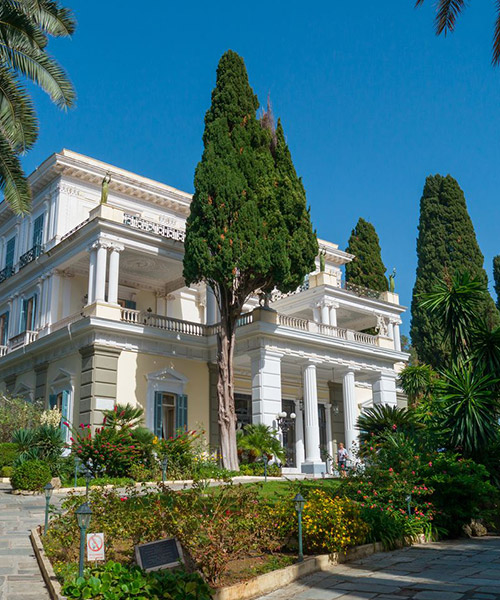
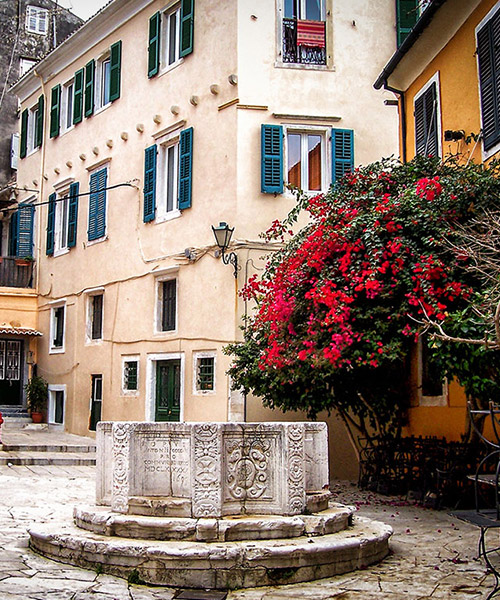
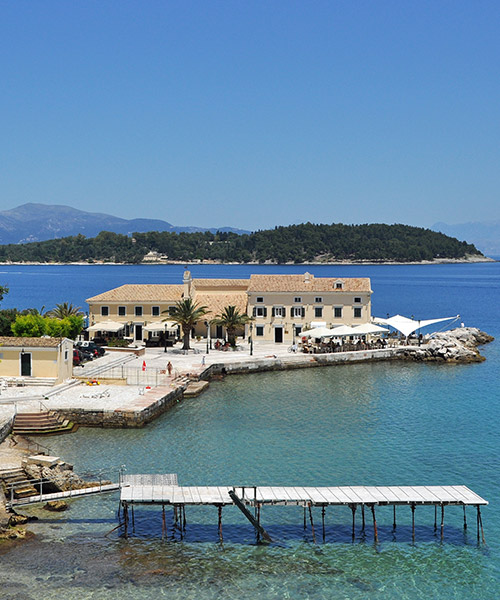
Cultural Events
Tradition, Festival, Fairs
Tradition is a very important element of Corfu’s culture. Naturally, the island has been influenced by the Greek, the Venetian, the French and the British culture.
The cultural events are mainly associated with local celebrations
Easter
Easter in Corfu is a very important and special event, not only because of its religious meaning, but also because it is a time when both the Orthodox and Catholic islanders celebrate together.
On Good Friday takes place the Epitaphios Procession (re-enactment of the burial of Christ). In the evening, there is a procession of the churches’ catafalques, as philharmonics and choirs, along with believers with candles in their hands follow. Another custom of Corfiot Easter takes place in the morning of Holy Saturday, when residents throw pots from their home windows.
First is held the Catholic Church’s service followed by the Greek Orthodox service and the Resurrection of Christ is celebrated. The service is held in Spianada Square. When the bells chime, a celebration begins with fireworks, orchestral music and singing. Local Easter dishes are served to the inhabitants, such as red eggs, fogatsa, tsilichourda and colombinas, as well as wine. In the morning of Easter Sunday, the churches take the icon of the Resurrection through the streets.
Litanies
The inhabitants of Corfu have great religious faith and every year the churches hold litanies in honour of the Saints. The most significant is the litany of Saint Spyridon, the patron saint of the island. Some others are the Litany on Palm Sunday, the Protokyriako Litany (held on the last Sunday of November), Saint Spyridon’s Litany on Holy Saturday and the Litany of SantaTheodora on Orthodox Sunday.
Festivals and Fairs
Throughout the year, fairs and festivals are held in the villages and towns of Corfu. During these celebrations, residents and visitors have the opportunity to see traditional costumes, to enjoy traditional dances and music, and to taste local delicacies.
JULY
July 20 is St Elijah’s Day and the churches dedicated the Holy Prophet Elijah are celebrating in Peritheia or Ai-Lias villages. In the afternoon, a traditional feast follows in the churchyard.
On the last Sunday of July, a litany with the procession of a Holy Mother of God’s icon takes place in Peritheia, to commemorate her life-saving intervention during the 1863 epidemic. In the evening follows a traditional feast at Loutses.
AUGUST
On August 6 takes place the fair of Pantokratoras, the island’s biggest fair. On August 11, the island commemorates the miraculous salvation of Corfu by St Spyridon in 1716. Along the streets of Corfu Town is carried a procession of St Spyridon with the whole island’s marching bands.
On the night of August the 10th, the spectacular barcarole takes place in the Bay of Garitsa, at Corfu Town: a reconstruction, on the sea, of the Saint’s miracle.
August 15 – Assumption of the Virgin Mary. In Kassiopi we can find the Panagia Kassopitra Church (dedicated to Virgin Mary). The church is built on the foundations of a roman temple of Zeus Cassius, and has been a place of religious worship of many forms for two thousand years. The early Christian church was destroyed by the pirate Barbarossa and was then rebuilt in 1580. Daily Tours (guided daily tours offered by the region’s tourist offices) to Diapontia islands (Othonoi, Mathraki, Ereikoussa) Boats to Othonoi, Mathraki and Ereikoussa leave from Sidari. Sidari is located 15 km from Fourni. to Paxi There are daily Flying Dolphin or Speedboat services to Paxi from Corfu Town.
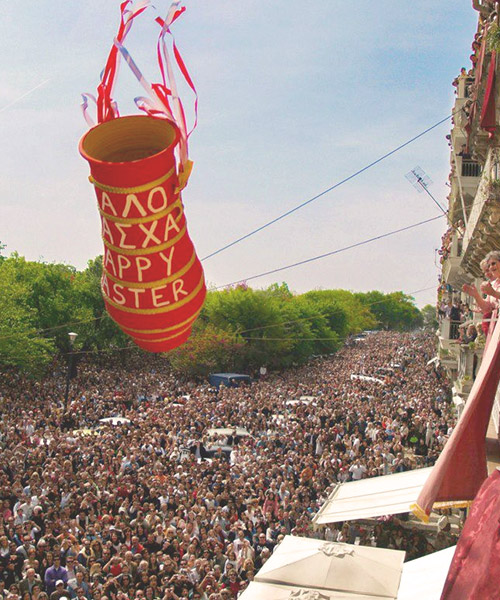
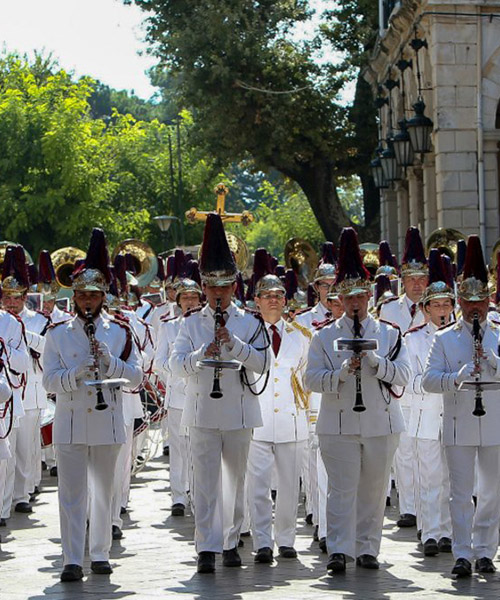
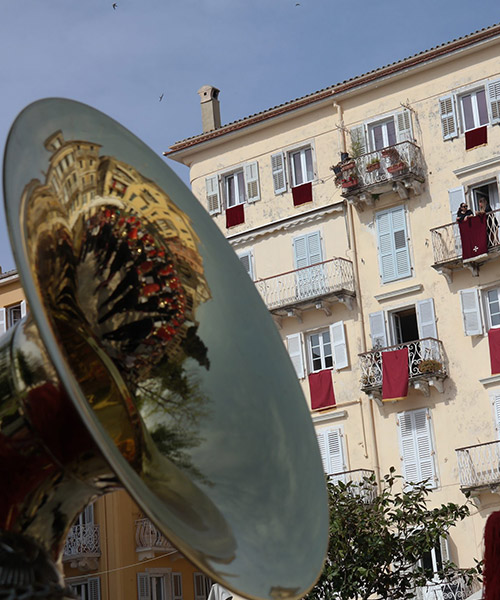
Gastronomy
Gastronomy and Traditional Products
Products
Corfu is famous for its lovely ceramics, handicrafts, weavings and woodcarvings as well as its sweets such as mandoles, mandolato and kumquat spoon sweets. Some areas of Corfu produce delicious honey, wine and ouzo.
Gastronomy
Corfu’s cuisine is a mixture of Greek and Western tastes, with elements of Mediterranean cuisine including many spices.
• the “sofrito” (beef strips with a white wine and garlic sauce)
• the “savoro” (fish with a white vinegar, garlic and spices sauce)
• the “bourdetto” (fish with a spicy red sauce)
• the egg-lemon soup (served on religious holidays)
• the stuffed hen (New Year’s day traditional dish)
• the “tsilichourda” (served on Easter)
• the local sausages and salami
• the kumquat fruit (made into spoon sweets and beverages)
• the “freskamenta” fruit (a prickly pear)
• the “mandoles” (roasted and caramelized almonds)
• the “mandolato” (nougat made of sesame, almonds, honey, sugar and rosewater)
• the “colombina” (Corfu Christmas cake)
• the “tsitsibira” (ginger beer, a soda with lemon, ginger and raisin syrup)
